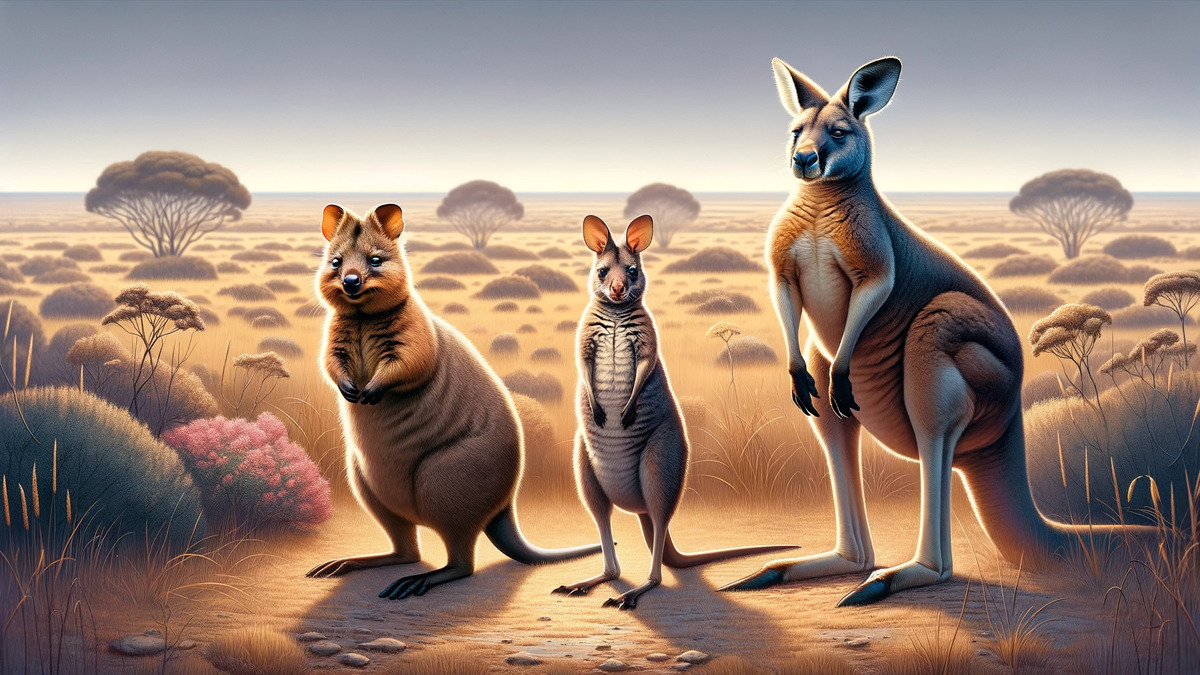A subpopulation of mammals known for their pouches and unique breeding habits, marsupials inhabit a diverse range of habitats across the continent, including Australia, South America, Central America, parts of North America and one marsupial mole species in Papua New Guinea.
Kangaroos and wallabies of the family Kangarooidae and Wallabyidae are well known, but the marsupials, comprising more than 330 species in about 10 families, are highly diverse.
The turtles and tortoises of the family Cercopithecidae, the omnivorous bandicoots and bilbies. From the slightly scary looking Tasmanian Devil to the smiling Quokka. Marsupials vary.
This is Crash Bandicoot, a 3D vertical scrolling action game like Temple Run, the smartphone game that took the PlayStation by storm. This Bandicoot is actually a marsupial too.
He is the Bandicoot. As expected, he doesn’t run like a human like in the game, but you can see that the shape of his pointed nose is inherited from the game.
There are marsupials outside Oceania, such as in Australia. The Americas are home to New World marsupials such as the opossum, the togali opossum and the monito del monte. This is an opossum. They are very friendly and cute to humans.
Marsupials are distinguished from placentals through their reproductive process. Females give birth to small, undeveloped offspring, essentially in utero, and these newborns then migrate to the teat, usually in a pouch in the mother’s abdomen, where they latch on and complete their development.
Many other unique features are also present. The female reproductive tract is branched, and the placenta is not fully developed. And the absence of a corpus callosum (a neural bridge connecting the right and left hemispheres of the brain), and a dental pattern that differs from placental mammals.
Even though newborn marsupials are small, often only the size of jellybeans, these tiny creatures have well-developed forelimbs, which help them to crawl up to their mother’s pouch.
Some marsupials, such as the honey possum, eat only nectar and pollen, while the yapok (water opossum) is the only marsupial adapted to semi-aquatic life and even has a waterproof pouch.
When compared to other similar mammals, especially viviparous mammals, marsupials have unique embryological and developmental features. They have a non-invasive yolk sac placenta, which allows for the transmission of nutrients from mother to offspring without the extensive vascular entanglements found in embryonic mammals.
Despite their adaptability allowing marsupials to occupy a number of ecological niches comparable to those of placental mammals, they do not show the extreme size variation seen in placental mammals, and the overall species diversity of marsupials is lower than that of placental mammals.
Misunderstanding and persecution have led to the extinction or near-extinction of some species, such as the thylacine, in Australia.
Australian desert marsupial moles swim through the sand, almost blind.
Some marsupials, such as the eastern quoll, use a reproductive strategy called induced oviposition, in which ovulation occurs in response to mating.
Some marsupials, such as the Eastern Quoll, use a reproductive strategy called induced ovulation, in which ovulation occurs in response to mating.
The characteristic pouch of marsupials is not a universal trait and is absent in some species.



コメント